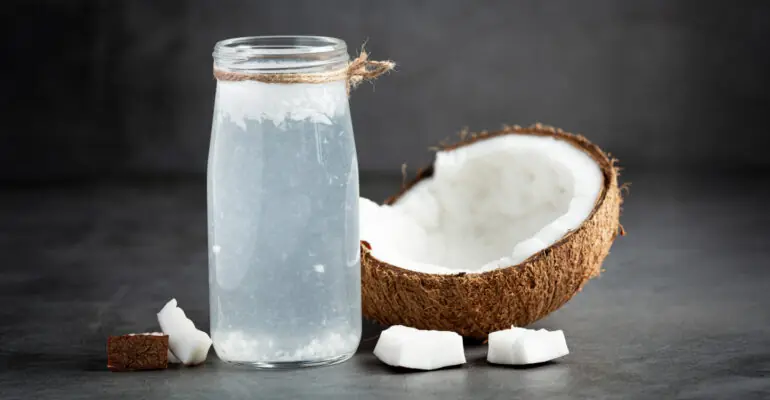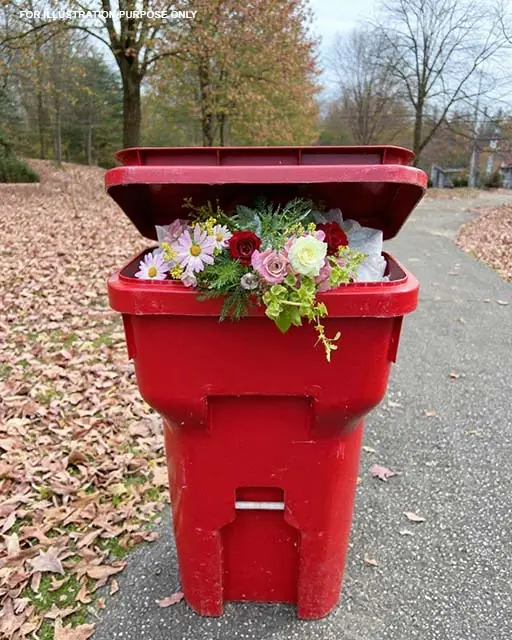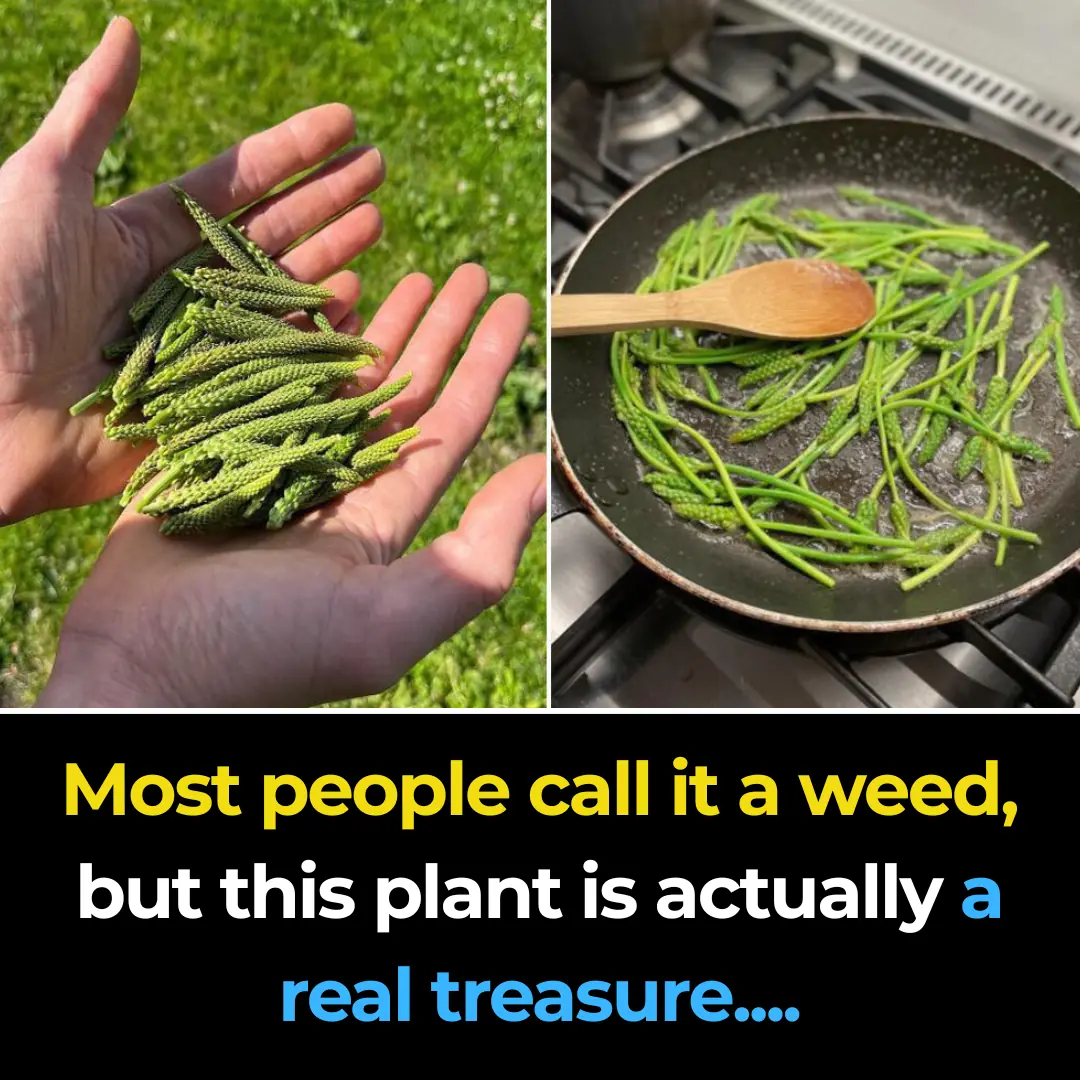
All You Can Do with Just One Sage Plant: Grandma’s Timeless Uses
For generations, the humble sage plant has been a staple in herb gardens around the world. With its soft, aromatic leaves and countless benefits, sage (Salvia officinalis) has long been cherished—not just as a kitchen herb, but as a powerful natural remedy, household helper, and spiritual aid. In fact, if you ask any grandmother who still believes in the wisdom of nature, she’ll likely tell you that just one sage plant is more valuable than a drawer full of modern medicines. From soothing sore throats to cleansing the home of negative energy, the uses of sage are as timeless as they are effective.
One of the most well-known uses of sage is in cooking. With its strong, earthy flavor, sage adds depth to soups, stews, meats, and stuffing. It pairs especially well with poultry and root vegetables, making it a favorite in traditional holiday dishes. Just a few fresh leaves from your backyard plant can transform an ordinary meal into something warm, comforting, and aromatic. But for grandma, sage was never just about flavor—it was about health.
Sage has natural antibacterial, anti-inflammatory, and antioxidant properties. In folk medicine, it’s often used as a remedy for sore throats, mouth ulcers, and digestive problems. Grandma might have steeped a few sage leaves in hot water to make a tea that could ease a sore throat or calm an upset stomach. A sage tea gargle is still recommended by many natural health practitioners for oral health and minor throat infections. Some even chew on a fresh leaf to freshen breath and reduce gum inflammation.
Beyond its medicinal uses, sage was also grandma’s go-to for women’s health. Sage tea has been traditionally used to help balance hormones, especially during menopause. It may help reduce hot flashes, night sweats, and mood swings. Its natural astringent properties also make it useful in managing excessive sweating—a use passed down quietly but effectively among generations of women.
In the household, sage served many surprising purposes. Before chemical cleaners became common, sage was used as a natural air purifier. Burning dried sage—a practice known as “smudging”—was believed to cleanse not only the air but also negative energy. This tradition, rooted in indigenous cultures and embraced by herbalists, is still practiced today. Many grandmothers would burn a bundle of dried sage leaves while praying or meditating, believing it brought peace and protection to the home.
A sage plant could also double as a natural insect repellent. Planted near doorways or rubbed onto the skin, sage helps keep mosquitoes and other bugs at bay. Some would even toss dried leaves into the fireplace or campfire to ward off pests while adding a pleasant scent to the air.
Cosmetically, sage played a role in beauty routines too. Grandma might have used sage-infused water as a hair rinse to add shine and darken graying hair naturally. The plant’s antioxidants also made it a favorite in homemade skin treatments to combat aging and promote clearer skin.
Growing sage is easy, even in a small pot on a sunny windowsill. It requires little maintenance and can live for years, providing fresh leaves whenever you need them. That’s part of the beauty of sage—its simplicity, accessibility, and versatility.
In conclusion, one sage plant can do far more than most people realize. From flavoring meals to healing the body, purifying the air, and even supporting emotional well-being, sage has earned its place as a timeless herb in grandma’s garden. While modern medicine and technology have their roles, the wisdom passed down through generations continues to remind us that nature often holds the most powerful remedies—and sometimes, all it takes is one plant to make a difference.
News in the same category


12 Foods With Melatonin You Should Include In Your Dinners To Sleep Like A Baby

White Tongue: What It Means and What You Can Do About It

Arthritis warning: 10 everyday foods making your pain and inflammation worse

World’s deadliest ca:ncer: 8 early warning signs every older adult should know

The Truth About the Thigh Gap: And Why You Don’t Need One to Feel Beautiful

7 Best Nutrients to Prevent Alzheimer’s and Dementia

Coconut Water: Healthy Drink or Hidden Risk? Who Should Avoid It

Aloe Vera for Varicose Veins and Tired Legs: Natural Relief You Can Try at Home

2 Spoons a Day May Support Joint Health Naturally

Clean Your Lungs and Stop Coughing in 3 Days! The Garlic Remedy for Bronchitis You Need to Try

Powerful Natural Remedies for Ear Infections

Anyone who wants to prevent a stroke needs to start eating these 15 foods immediately

Researchers Explore Potential Dementia Risk Linked to Gabapentin

Could the bacteria in your nose be causing Alzheimer’s? (new study)

Activate this nerve to fight stress and inflammation naturally – here’s how

New study reveals surprising health benefits of kimchi

Doctor Warns of Mesotherapy’s Risky Side, Causing Reptile-Like Skin

How Often Should You Change Your Underwear?
News Post

My Brother Banned Me from Speaking at Our Mother’s Funeral, Saying ‘No One Wants to Hear from the Adopted One’ — He Never Expected What Happened Next

Bride Walked Down the Aisle Smiling — But After Finding a Note Hidden in Her Bouquet, She Turned Around and Ran from the Wedding

9 Months Pregnant, My Husband Threw Me Out for Another Woman, But I Got the Last Laugh

The Man Who Became a Swan Shepherd.

A Valentine’s Gesture That Touched an Entire Community.

A Prom Night 76 Years in the Making.

The Truth About the Thigh Gap: And Why You Don’t Need One to Feel Beautiful

Mosquitoes fear this bowl of water the most—place it in your home and no matter how many mosquitoes there are, they’ll all disappear, letting you sleep peacefully

When your pan loses all its non-stick coating, don’t throw it away just yet: Do this and your frying will never stick or fall apart again

Eat boiled bananas at this time, and after just one week your body will experience 7 changes: excess fat melts away and your skin becomes smoother and brighter

12 Foods With Melatonin You Should Include In Your Dinners To Sleep Like A Baby

White Tongue: What It Means and What You Can Do About It

Arthritis warning: 10 everyday foods making your pain and inflammation worse

World’s deadliest ca:ncer: 8 early warning signs every older adult should know

The Truth About the Thigh Gap: And Why You Don’t Need One to Feel Beautiful

7 Best Nutrients to Prevent Alzheimer’s and Dementia

Coconut Water: Healthy Drink or Hidden Risk? Who Should Avoid It

Fact & Health Benefits of Ribwort Plantain

7 benefits and uses of Plantago Major
